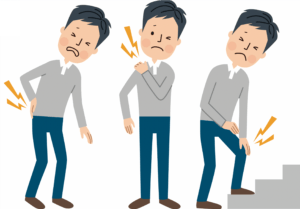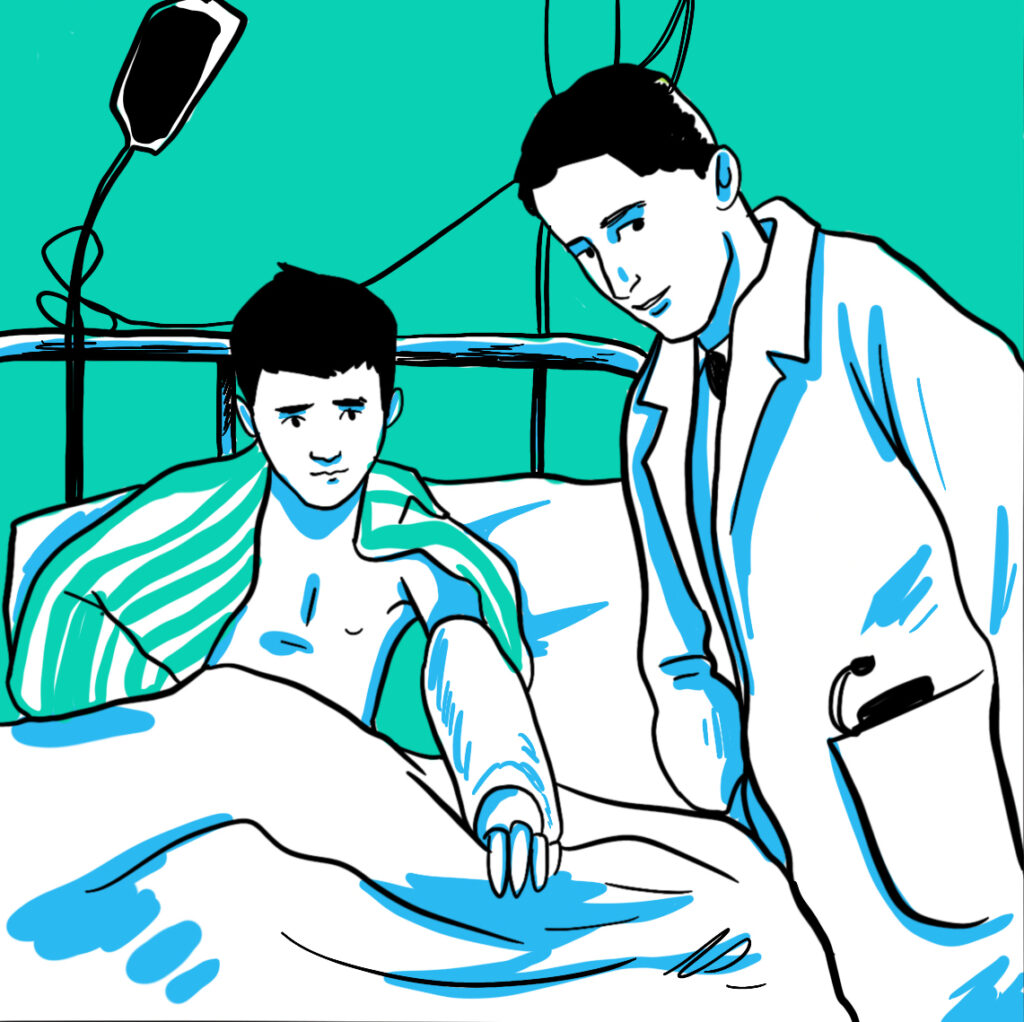“It’s a way of life” – Perceptions of Pain in Haemophilia study results
 Pain is, sadly, something most people with haemophilia have a close familiarity with.
Pain is, sadly, something most people with haemophilia have a close familiarity with.
Pain is a highly personal experience. It’s something that can have huge impacts on wellbeing, mental health, and social life. However, as Kate Khair and her colleagues note in their article ‘“It’s a way of life”: Results from the Perceptions of Pain in Haemophilia study’, it’s not a topic that is often openly discussed by people with haemophilia or their healthcare professionals.
Pain is a difficult thing to define and talk about – and hence manage clinically. For people with haemophilia, pain is associated with bleeding but can also become ‘chronic’, or long-term, after multiple bleeding episodes and damage to joints. Kate and her colleagues found research to suggest that between 32–50% of people with haemophilia report living with chronic pain. They also found that there are still a lot of questions remaining about how people with haemophilia experience pain and what we can do about it. For someone with haemophilia, this is a terrifying statistic. It’s perhaps also a reason for people within the community to begin to talk more openly about pain.
The impact of pain in haemophilia
Kate and her colleagues set out to research the impact of pain on men with haemophilia in the UK. Using questionnaires and focus groups they examined what influences the pain a person with haemophilia feels, the options people have available and use to manage pain, and the effects pain has on people’s lives. It’s a fascinating study, and reveals the importance of listening to the stories that people with haemophilia have, rather than just relying on statistical data.
Many of the study participants reported memories of pain from an early age. They explained how pain had influenced their daily lives, hobbies, employment and education, as well as their mental health and wellbeing. They also expressed concerns that pain management often consisted of prescriptions of strong painkillers, and little else, without healthcare professionals really thinking about the consequences potential side effects could have on their lives
Bleeds vs. arthritic damage
Interestingly, Kate and her colleagues found that people with haemophilia were confident about being able to differentiate the pain of acute bleeds, for which they would use factor infusions, and that of arthritic damage. This is different to what healthcare professionals often assume and has been claimed in other studies – i.e. that people with haemophilia sometimes erroneously use factor replacement as a form of pain management. It’s perhaps for this reason that a lot of the participants in this study also reported hesitating to talk to healthcare professionals about pain in the first place, worrying about their ability to understand and empathise
Changing our approach to pain
This study is an important one. Despite recent efforts to prioritise pain management in haemophilia care, there are still very few pieces of research that get to grips with how pain impacts people with haemophilia every day. As Kate and her colleagues conclude, we need more work in haemophilia that tries to address the social and psychological implications of chronic pain, and treatments that go beyond prescribing painkillers.
As a community, we need to do more to normalise talking about pain, both with other people with haemophilia, and with healthcare professionals.
Further reading
Khair K, Kriukow J, Holland M. “It’s a way of life”: Results from the Perceptions of Pain in Haemophilia study. J Haem Pract 2021; 8(1): 145-153. doi: 10.2478/jhp-2021-0020


